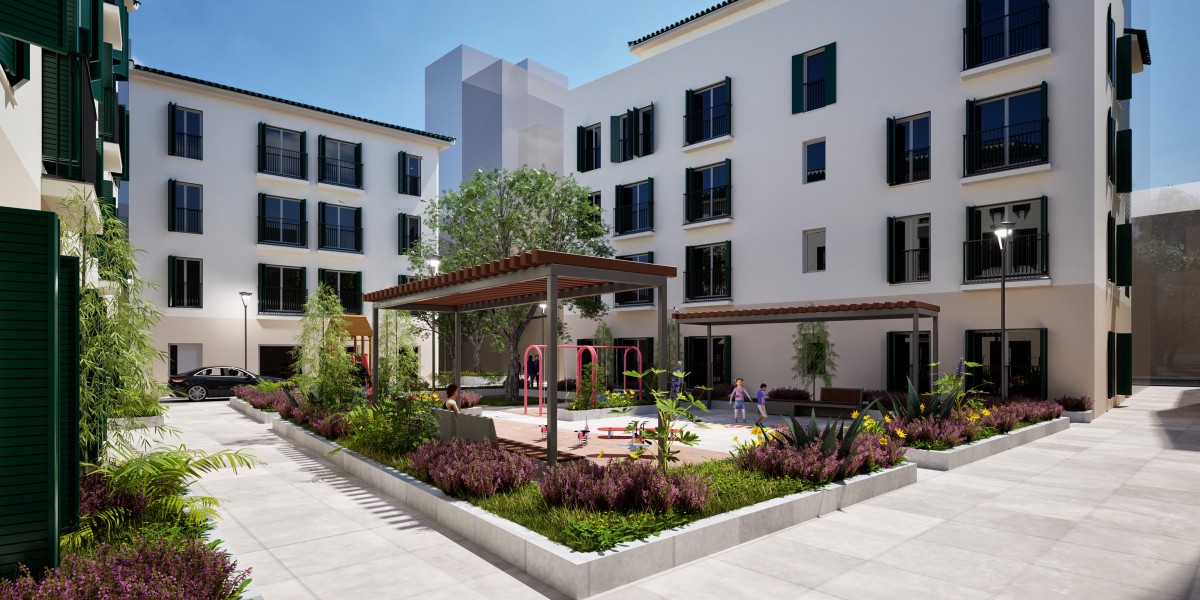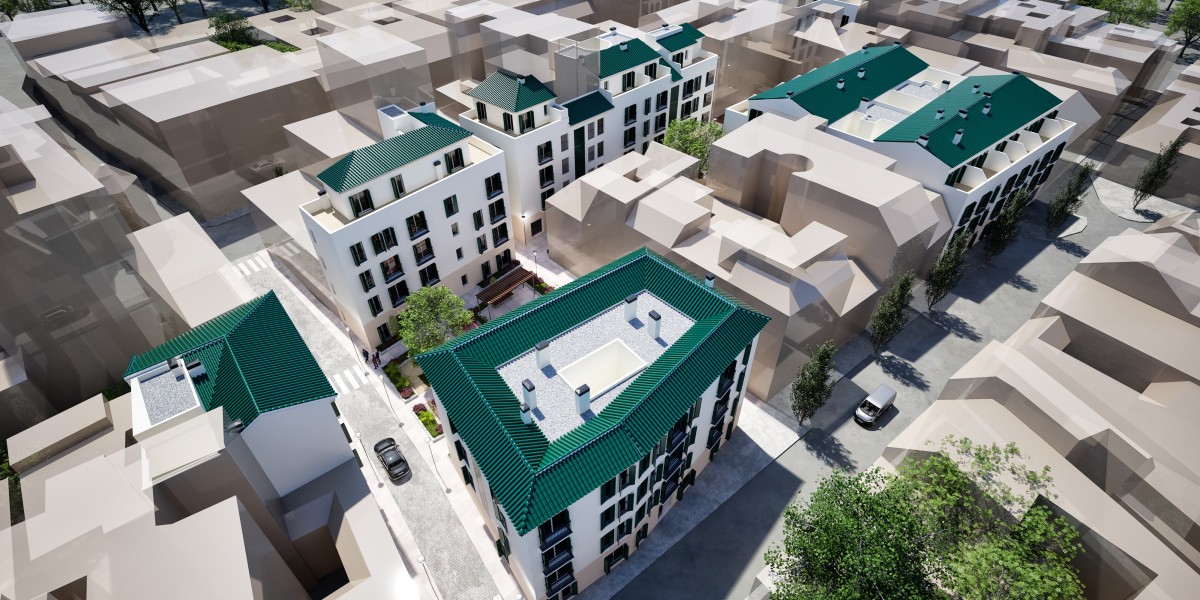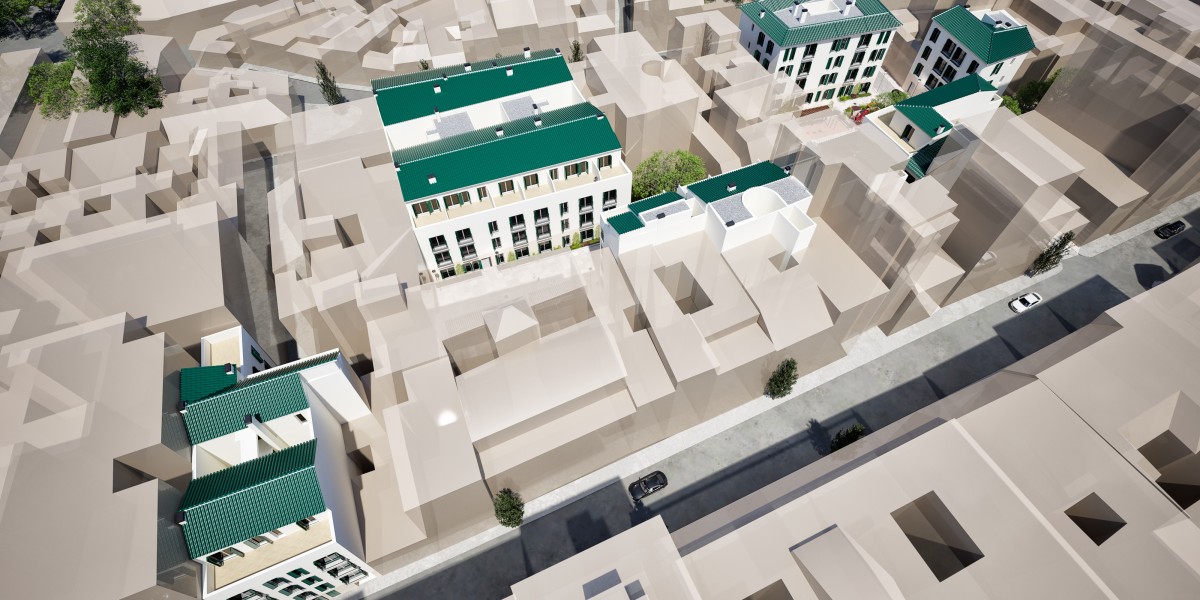
Lagoom Living has begun demolition work on seven buildings in Málaga’s Lagunillas neighbourhood, in the heart of the city, where it plans to build a residential complex comprising 109 affordable rental homes.
The new development will revitalise currently abandoned or underused pieces of land and buildings near the iconic Plaza de la Merced. Scheduled for completion in December 2027, the project will consist of seven buildings ranging from two to three storeys, offering one- to three-bedroom homes. It will also include 104 parking spaces and a total built area of 8,726 m², of which 8,262 m² will be dedicated to residential use and 463 m² to commercial premises.

At the project’s presentation in the bustling Plaza de la Esperanza – attended by the city’s mayor, Francisco de la Torre – Lagoom Living CEO Javier Braza highlighted the importance of investing in an area of great historical, cultural and social significance.
Designed to promote community living and neighbourhood regeneration, the development will feature green spaces, children’s play areas, coworking spaces and retail units – elements aimed at fostering social interaction and driving the economic and cultural revival of the area. The complex will also hold BREEAM sustainability certification, ensuring high standards of energy efficiency, comfort and environmental responsibility within its urban context.
Comprehensive regeneration, respect for heritage and collaboration
Lagoom Living’s CEO, Javier Braza, stated that “this project embodies genuine urban regeneration – restoring the value of the historic centre from a sustainable and human perspective.” According to the executive, the company aims to “facilitate access to affordable housing in the heart of the city while preserving its identity and urban fabric.”
The project adheres to the guidelines set out in the Special Plan for the Protection and Interior Renovation (PEPRI), which governs Málaga’s historic centre. This urban planning framework seeks to safeguard the area’s heritage while ensuring that new developments are harmoniously integrated into their surroundings. Building in the historic centre, therefore, entails strict compliance with criteria such as height limits, the use of approved materials, aesthetic coherence and conservation standards, alongside higher costs and more rigorous administrative processes to guarantee responsible restoration.
The development has emerged from collaboration between private initiatives, public authorities and social stakeholders.

A model Málaga (and other cities) could replicate
Authorities and project leaders have highlighted the project’s potential to serve as a model for future developments – not only in Málaga, but also in other cities with historic centres that have deteriorated or are facing increasing pressure from high demand.
